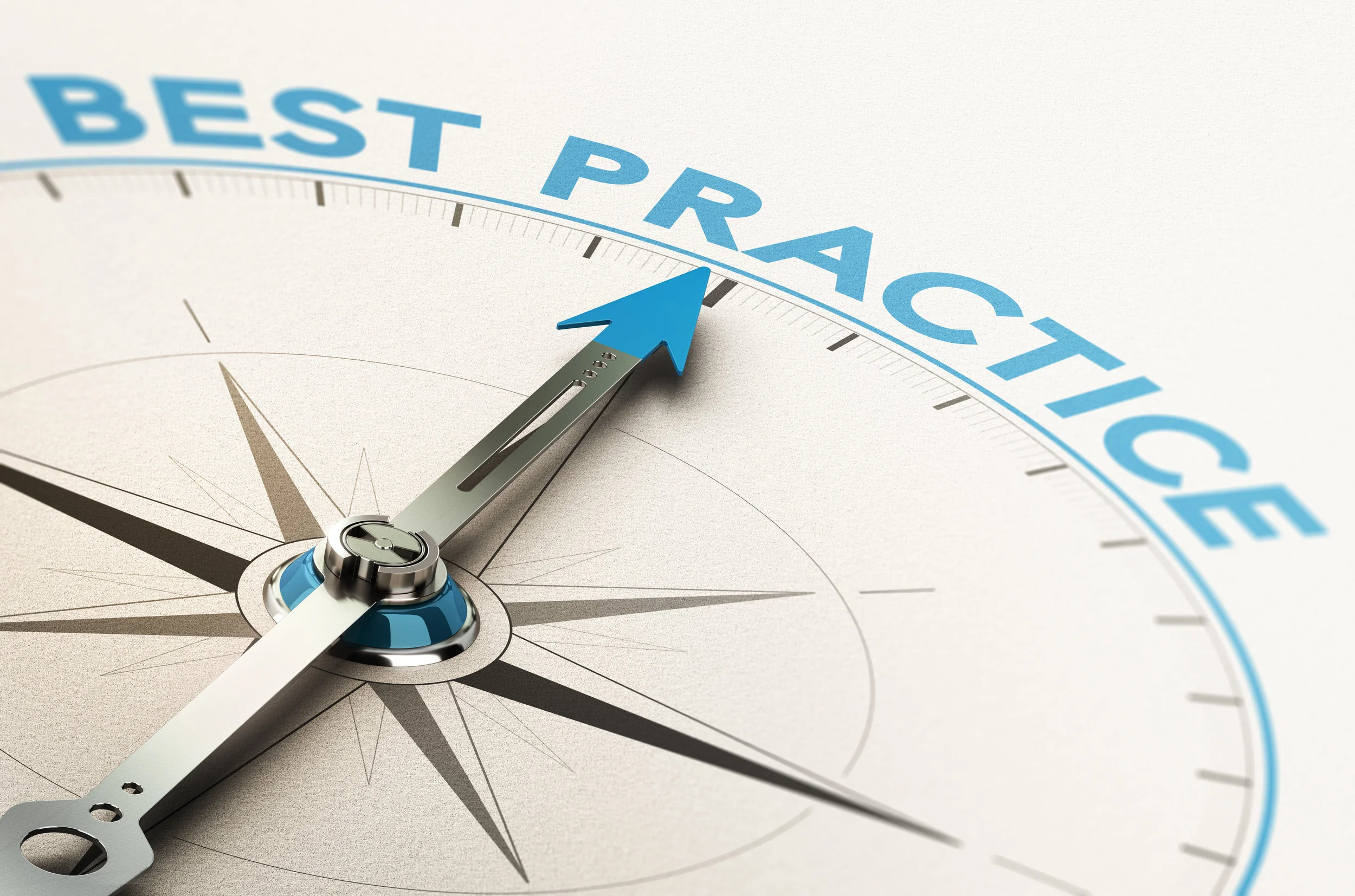Introducing BCM
At Choice Awareness Management, we deliver results for your personal and business life through our products and services. Our goal is to help you stand out by being different.
The way that we accomplish this is to introduce you and your team to a revolutionary methodology that can make a difference in how you conduct yourself.
Background
The Beliefs and Choices Methodology (BCM) was born from working with various individuals, customers, and clients where stoppages affected how these people operated inside their lives and businesses.
We invite you to take a quick look at our ideas about selections as background materials to give insight into how we view decisions and choices: very differently.
In many cases, the mentioned stoppages related to the beliefs people held about themselves and what was possible.
This image is meant to alert you to the fact that this page contains introductory materials including a video, a PDF download mirroring the video, and some table data about the benefits...
We think and know that all kinds of things are possible, but it requires underlying beliefs to make things happen.
Our objective is not to disappear ineffective beliefs that contribute to these stoppages but to help you and your teams create new beliefs that will automatically obsolete and/or overwhelm the ineffective ones. You focus on those you create, refine and sustain: the others just drop away.
But, more importantly, we make a distinction between decisions and choices.
Distinction Between Decisions and Choices
Most of us today make decisions that are selections made only from our experiences: they are not usually tied to beliefs or if they are the beliefs are typically unconscious beliefs. Choices however are tied directly to beliefs. Please keep these definitions in mind as you read further.
How effective are we at making them?
If you would like to determine your effectiveness at making choices, ask yourself some simple questions. Start with:
“Am I doing all the things I really love doing? What belief(s) do you have underlying your answer(s)?
Do I have all the things I want for myself, my family, and my friends? Same question - what belief(s) underlay your answer(s)?
Am I being who I want to be?” What beliefs support your answer?
Calibrate your answers by using the CAM Awareness Scale and check your results to the top possibility of 10. If your answer is less than 10, you may want to consider how BCM can help you.
Beliefs and Choices Methodology Solutions
The top two example solutions are highlighted in the table below with their typical problem shown in (red) first, followed by the new outcomes (blue) which manifest when BCM is implemented.
(Special Note) Beliefs become the source of Choice which drive designed actions and results. Beliefs are designed to have specific outcomes or results.
When the result occurs, you gain awareness and insights while at the same time producing faith in the beliefs. This powerful idea about manifested faith permeates throughout the experiences and of businesses and will carry across various business domains (e.g. engineering, quality, production, marketing, and sales) is implemented company wide.
Problem & Solution Table
|
Individual Characteristics |
Business Characteristics
|
||
|
1
|
People hate their jobs. Belief sets help manifest deep faith while aligning personal and job choices with people engaging and enjoying what they do.
|
1
|
Centricity of technical/financial promises permeates with unrealistic expectations dashing hope. People excel in cultures powered in principled/valued beliefs.
|
|
2
|
People lose faith in themselves. When skill and talent belief sets are created, self-esteem and confidence prevail; motivational drive increases.
|
2
|
Uncertainty exists with inconsistent measures and unpredictable results. Clear measures coupled with highly visible belief-based outcomes produce certainty.
|
Component Highlights of Implementation of BCM
Learning Materials
Our book (1) Manifested Beliefs: Creating Behaviors of Champions (i.e., coming in the 4th quarter of 2023), along with various videos, workshops, and webinars, are used to support both individuals and businesses with beliefs/choices transformation.
A Choices Application to Support You
An application called "CAM Choices" will provide visualization/management of one's own designed belief/choice sets to record, change and track. (i.e., coming in early 2023). The software includes on-purpose questionnaires(2), called Quick Personal Review or Quick Business Review, that allow self-scoring/ranking to determine importance, current achievement, and 12-month's objectives: answers are calibrated to road-map-based beliefs. Also, access provides a connection to a beliefs/choices experiential repository (i.e., organization memory): if desired, interfacing to job/business initiatives. Review Take A Stand to see an example of the belief "Integrity": this article will help you gain an initial understanding of how to implement BCM.
Learning Tracks
Two learning tracks exist: 1) individuals/businesses both use the learning product sets; and 2) businesses use business services sets which include leadership huddles (LH); (3) also includes access for teaching teams how to work together and better manage results. See our pricing for ideas about our fees.
Footnotes
(1) Our book will include references to available published results for people and non-people-centered firms: scholarly papers, HBR, and business consulting white papers and books.
(2) Questionnaire contains 10 and 15 questions individuals and businesses don’t normally ask themselves: manually based today.
(3) Leadership huddles are designed to establish foundation results-based belief choice sets for virtues valued by the company as beliefs: the belief/choice designs will no longer lack destinations the way that core values do, nor be perceived as time-bankrupted. The Leadership (Group) Huddles bring leadership members together to explore, discover, experience and practice using your BCM inside your business or team.
(4) Implementation includes Accountability Sessions (AS), Adaptability Reviews (AR), and Final Project Report (FPR).


